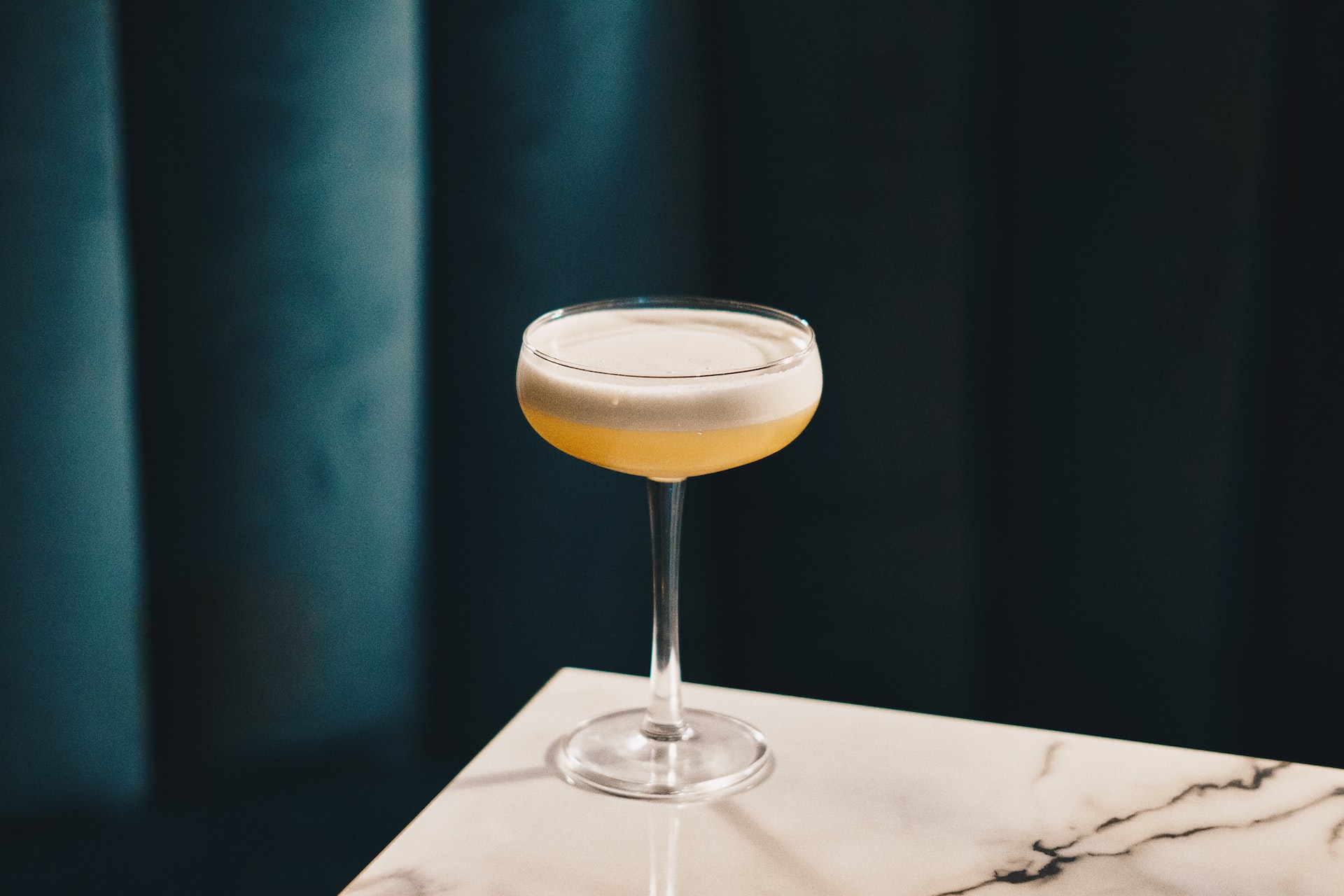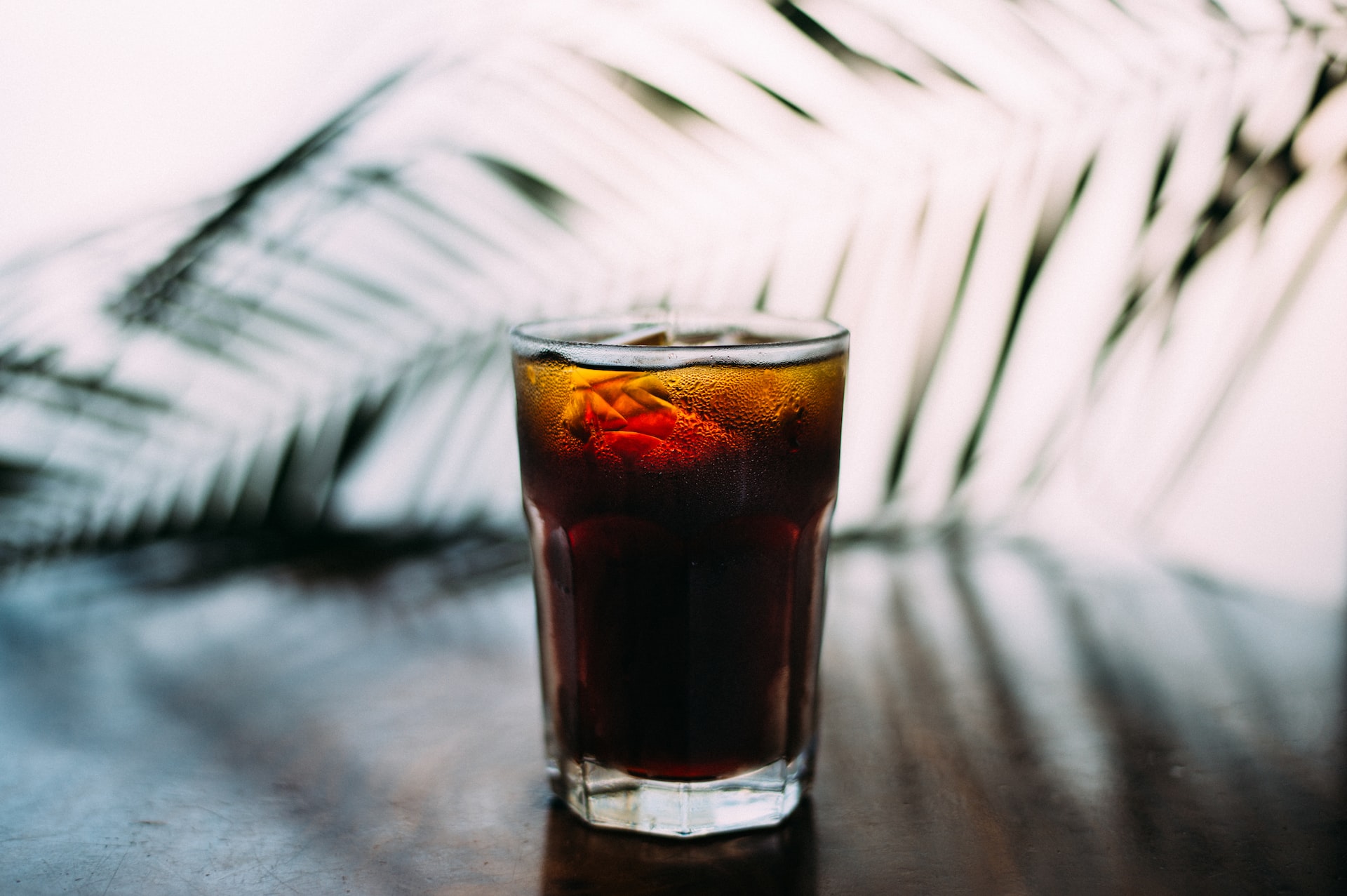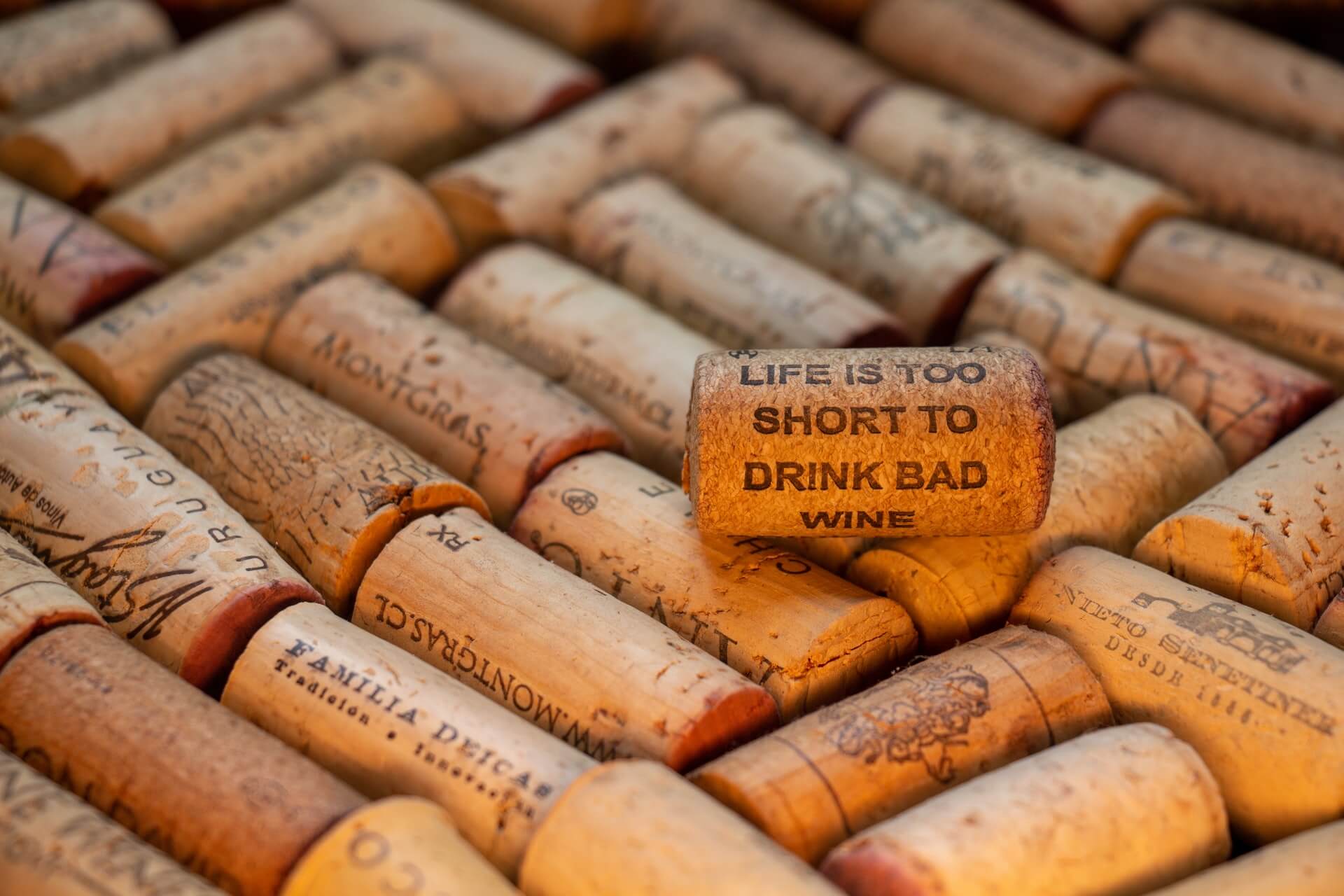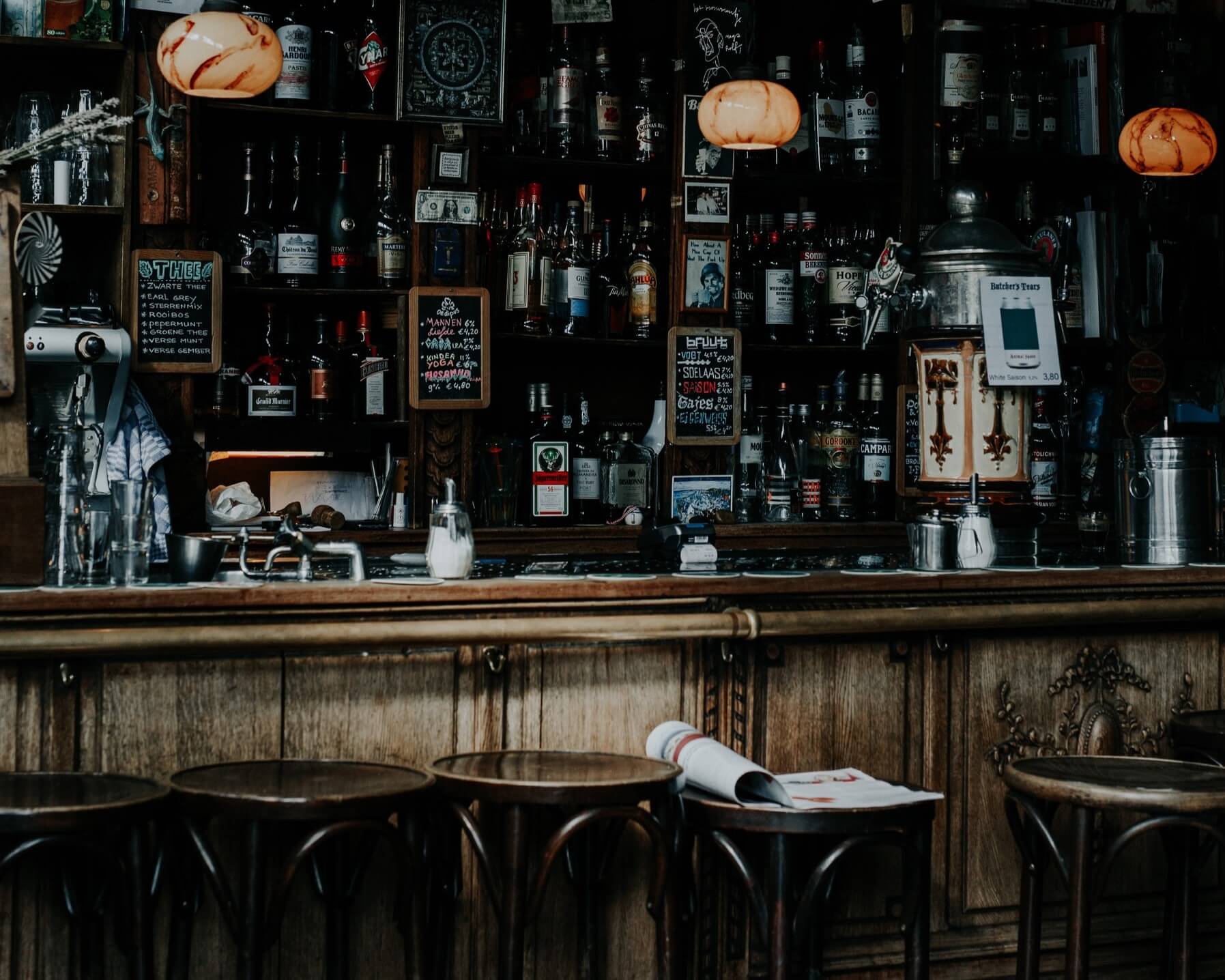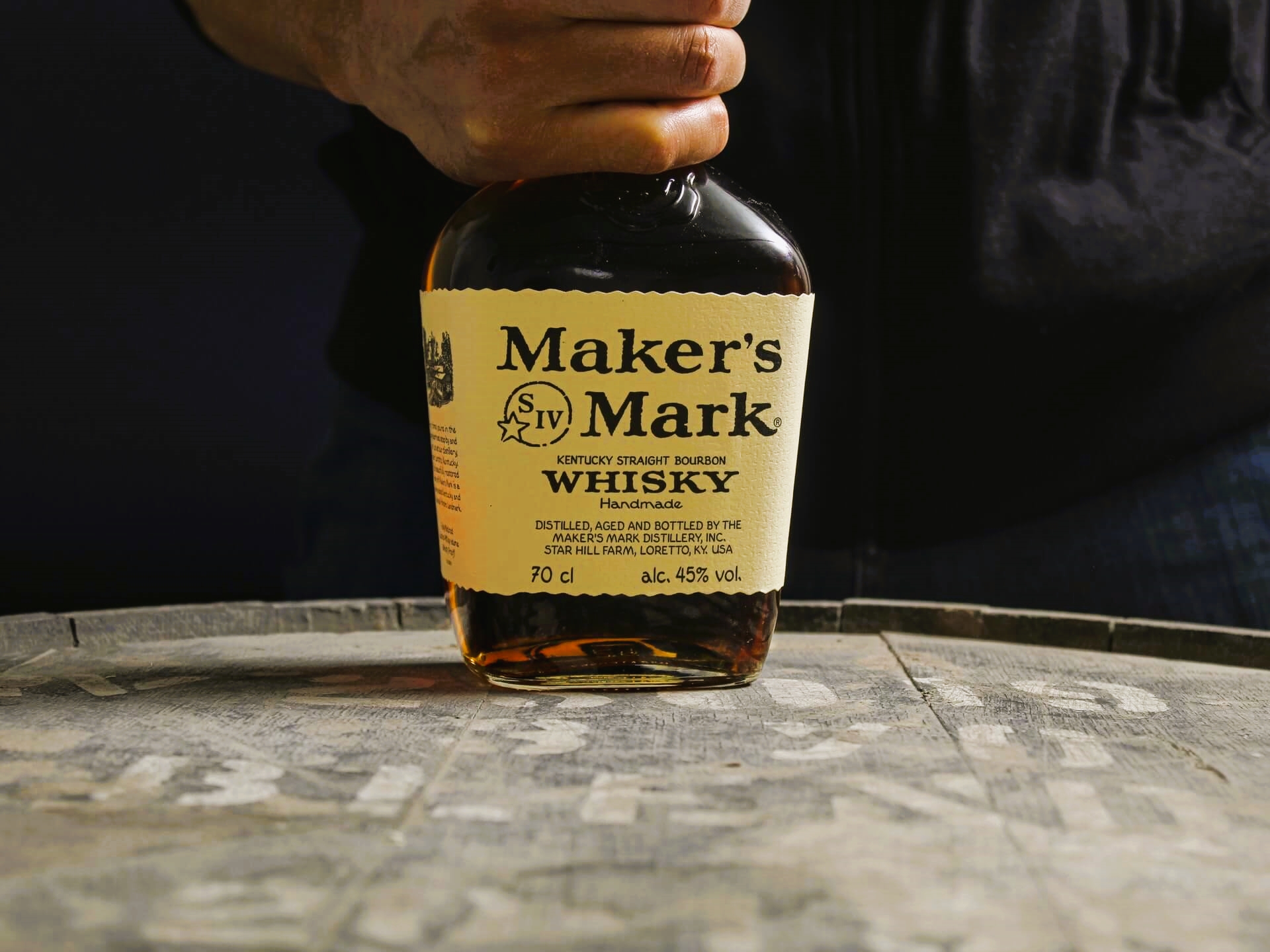Possess this Scary Spirit for Halloween
by David Klemt
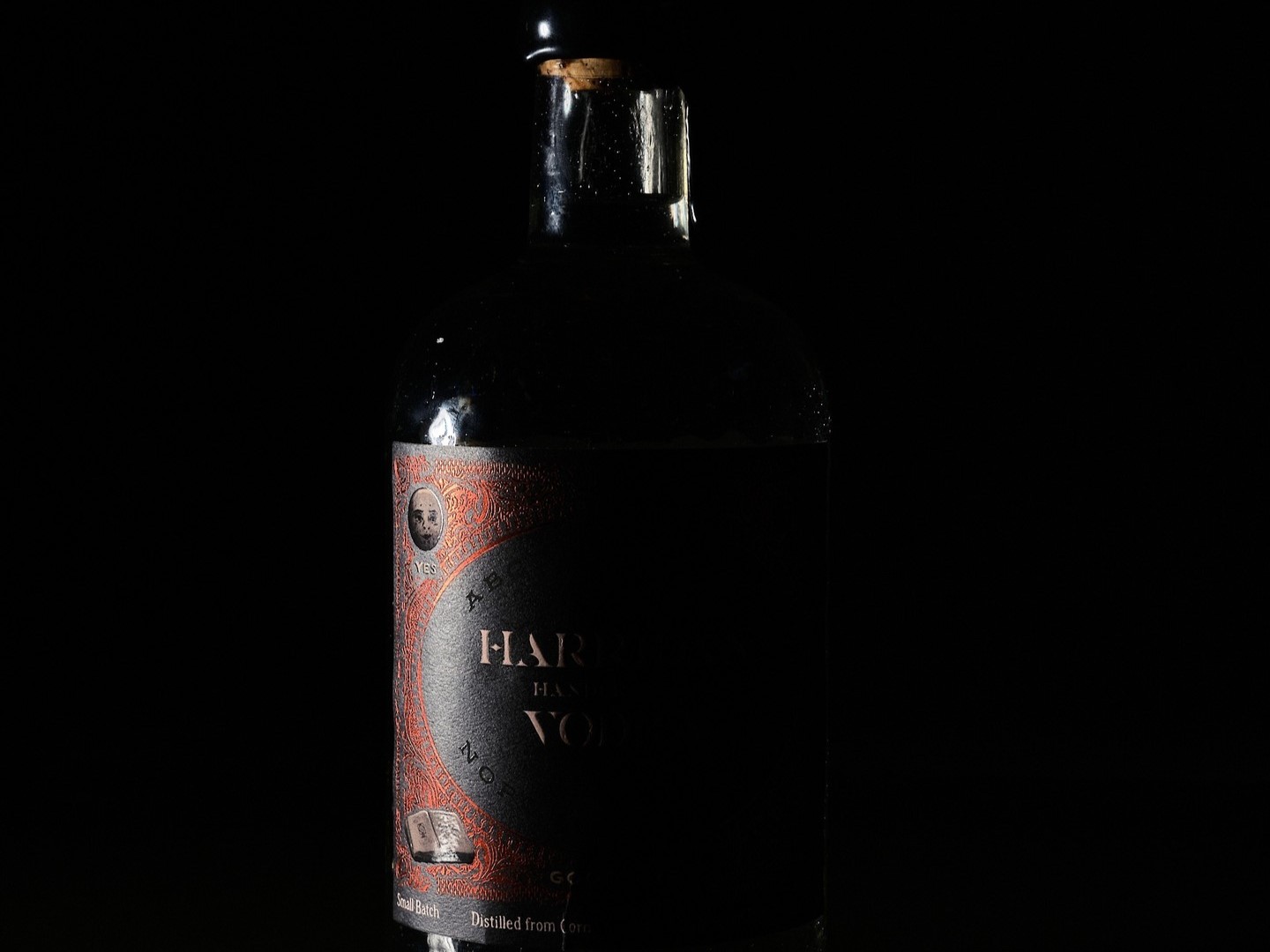
If you truly want to imbue your cocktails and the guest experience with the otherworldly this Halloween, you need this spirit.
In fact, this bottle likely contains the most “spirit” forward spirit one can possess. It’s also one of the rarest. Oh, and it took a rest for 30 days inside the Occult Museum.
On October 13, Harridan Vodka will launch their Paranormal Reserve officially. And if you’re after a true small-batch vodka, you’ll want to keep an eye the Paranormal Reserve countdown timer.
This is your opportunity to create and host a frighteningly unique Halloween LTO promotion.
Conjuring the Halloween Spirit
Does the Occult Museum sound familiar to you? If so, you’re likely a horror film fan or into the supernatural.
For those who don’t know, the Occult Museum was started in 1952 by Ed and Lorraine Warren. The two paranormal investigators collected a vast array of artifacts that they claimed came into contact with evil.
One of these objects is Annabelle, a cursed Raggedy Ann doll. According to lore, the doll is so dangerous it’s kept inside its own glass case. A sign attached to the case reads, “Warning, Positively Do Not Open.”
So, what could possibly be frightening about a Raggedy Ann doll? Well, this one is said to have an interesting “attachment.” That is, a demon in search of a human host that has attached itself to the doll.
To keep the demon from achieving its goal—which it reportedly began pursuing in 1970—Annabelle’s case has been blessed. The case has inscriptions of the Lord’s Prayer and Saint Michael’s Prayer. Also, it’s said that Ed Warren would recite a binding prayer over the case from time to time to ensure the demon couldn’t escape.
Supposedly, Annabelle nearly killed a priest who mocked it when he visited the Occult Museum to scrutinize the Warren’s claims of its demonic possession.
This story and more are told in The Conjuring movie series. In particular, Annabelle, Annabelle: Creation, and Annabelle Comes Home. Given that it’s October, it’s the perfect time to watch the first installment and doll-focused movies of The Conjuring universe.
In fact, this would be the month to design a promotion around The Conjuring watch parties with themed LTO cocktails.
A Frightful Rest
Okay, so I can already hear some of you asking what this has to do with Harridan Vodka. Well, calm down—I’m getting to it.
The Warren Occult Museum, located in Monroe, Connecticut, closed to the public in 2019. In other words, if you didn’t get to visit prior to its closure, you’ll most likely never have the chance to see Annabelle or the other occult artifacts contained within.
But you can purchase a bottle of 44-percent ABV vodka that rested for 30 days inside the Occult Museum: Harridan Vodka Paranormal Reserve.
Just 666 bottles are available, and 665 took their 30-day slumber right next to Annabelle. These bottles will retail for $199 on Thursday, October 13.
View this post on Instagram
Obviously, that leaves one bottle we need to address. Bottle number 666 was rested inside Annabelle’s case. And while the other 665 bottles are housed inside black Ouija-themed boxes, number 666 is contained within a glass case similar to Annabelle’s.
Of course, this unique bottle comes with an appropriately otherworldly price tag: $13,000. And, hey, the person who makes this bank-balance-slashing purchase might just be in possession of the world’s only vodka infused with evil.
If you’re one of the few who manage to get their hands on these Occult Museum-rested Harridan Vodka bottles, it’s fair to say you can name your price for the opportunity for guests to buy an ounce.
Happy Halloween, ya filthy animals!
Images: Harridan Vodka




